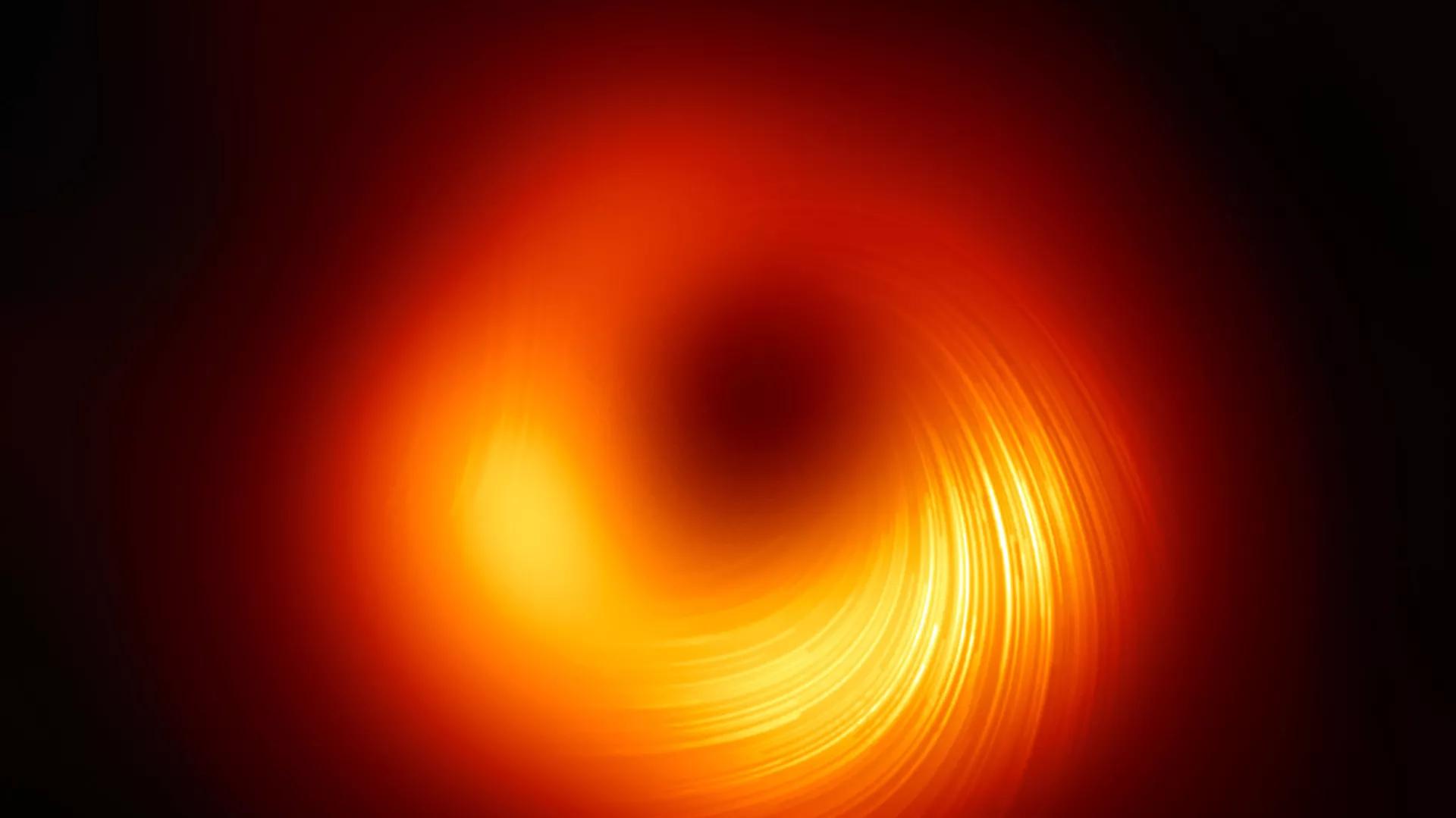Africa-Press – Liberia. Black holes, which rotate at nearly the speed of light, have something called an “event horizon” at their edge, not unlike the edge of a hurricane, that snags objects that get too close to it, pulling them apart in “spaghettified” strands of gas. The event horizon is seen as a “point of no return” for these objects, according to Space.com
If you’re like most people, you probably thought that nothing escaped black holes. However, that’s not entirely true. Three years after shredding a star, a black hole has been “burping” out energy from it, according to a recent discovery that could change the way we understand physics.
It’s common for stars to wander too close to black holes, be consumed by the titans, and for scientists to see radio emissions for the first few months afterwards. These kinds of events, which are called tidal disruption events or TDEs, occur when “spaghettified” material from a star heats up, generating flashes of light visible to astronomers from light-years away.
It’s not unheard of for a black hole to regurgitate some of the star’s material back out into space, but it’s “super unusual” to see energy emissions years after the fact, according to Yvette Cendes, lead author of the published findings. Especially this TDE, which researchers are calling “one of the most radio-luminous TDEs ever observed.”
When a black hole swallows a star, the outflow of energy – the speed at which the material is ejected from the black hole – is lower 99% of the time, and 1% of the time, the outflow is significantly increased. However, this time, the energy outflow sits somewhere in the middle – at roughly half the speed of light.
It wasn’t immediately clear why this happened, according to the scientists, or why it took so long.
“[This is] the first case where we’ve seen this sort of speed associated with this event or this type of outflow,” Cendes explains. “But also that it happened – the best estimate we have is about two years after the star got eaten by this black hole is when this outflow began – and that’s really exciting. That’s never been seen before.”
Researchers spotted the event while looking for signs of other TDEs at the Very Large Array, a powerful radio telescope facility in New Mexico, and quickly learned that the best observations were made in radio frequencies.
The team hopes to investigate whether the delay between a black hole consuming a star and emitting the frequencies was a fluke, or a more common occurrence we’ve been unaware of. The paper was published on Oct. 11 in The Astrophysical Journal.
For More News And Analysis About Liberia Follow Africa-Press






